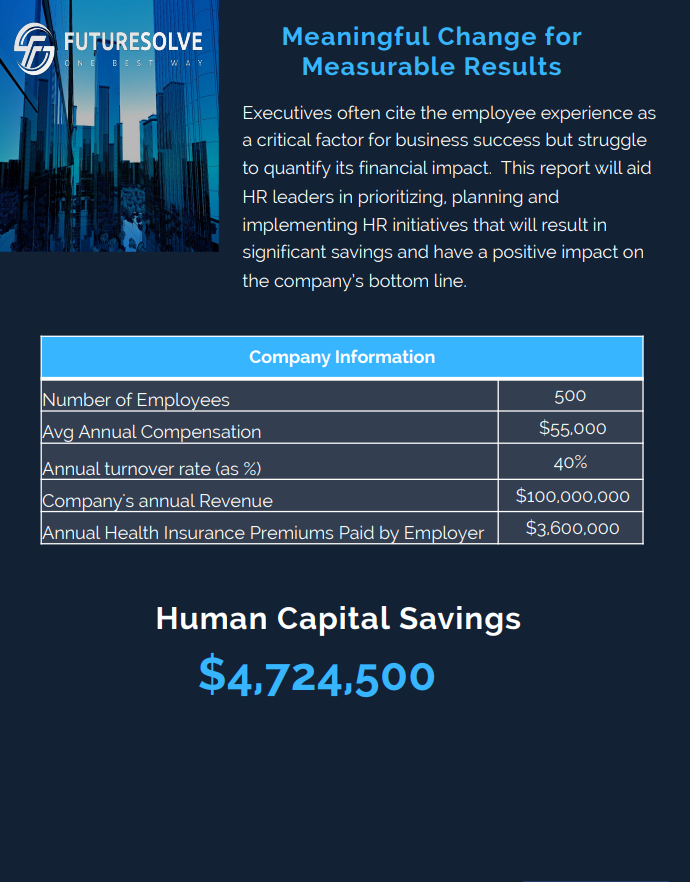As the ongoing wave of the Great Resignation continues, employees are observed leaving their significant roles at rapid rates -quite unexpectedly and without any warning. The struggle for retaining talent has empowered employers across the world to analyze their professional options -resulting into mass-scale talent loss for businesses across the world. Thankfully, the concept of succession planning best practice can make it easier to plan the unexpected while replacing top talent effortlessly.
What is Succession Planning?
Why is succession planning important? Succession planning can be regarded as the process to come across replacements for high-end positions. It helps in improving the overall availability of candidates who are willing to fill up crucial roles when senior leaders retire or leave the organization.
It is important to understand that the concept of succession planning is much more than only selecting elements. Leaders are expected to understand how bad hiring and open positions
throughout the organization can potentially damage the entire business. An operational succession planning program can help in equipping identified successors with relevant competencies and skills needed in the future roles. With the help of a customized succession development plan, you can look forward to promoting employee growth while ensuring that successors are making the right impact.
Why is Succession Planning Important for Businesses?
The process of succession planning selected by your business is crucial to ensuring long-term success. It helps in fostering growth amongst future leaders while protecting the overall organizational health when core contributors of the organization leave. Some of the leading reasons to employ an effective succession planning program are:
- Identifying the Most Qualified Leaders: When you adopt a formal succession planning strategy, it can help your organization in the following manner:
- Identifying specific positions that are most critical to the success of the company in the future. It is not necessary for the positions to be C-suite designations.
- Identifying internal candidates with relevant desires, skills, and values to take upon critical jobs.
- Talking to prospective candidates about the respective career plans and interests.
The involvement of important steps in any succession planning strategy will deliver a wide range of additional benefits. For instance, when you execute in-depth analysis of the leadership within your organization, it will help you effectively understand the existing vulnerabilities. Therefore, it helps in bringing a sense of urgency to ensure cross-training of employees in specific roles.
- Managing Unforeseen Events: There are several ways in which you can cope up with unexpected exit of top executives from your organization. Personal problems, illnesses, death, arrest, or abrupt resignation can leave an organization with an unexpected vacancy in some of the most crucial positions of the organization. While it is not possible to always plan out for disaster, you can effectively plan on responding to such events.
With a proper succession plan, you will have access to a dedicated strategy for filling as well as backfilling some of the most crucial leadership roles in the organization. - Saving Money: When you are not prepared for the unexpected vacancy in your organization, you will be at the risk of incurring unintentional costs. It is believed that improper execution of succession planning is one of the deciding factors that influence unmanaged executive payout.
It will ultimately cost you significantly to draw the attention of highly qualified and talented individuals -especially while hiring them away from their ongoing jobs. Additionally, a new hire in your organization can bring along more people -eventually adding up the overall costs in the long run. - Maintaining Your Brand Identity: In most cases, it is observed that CEOs joining an organization from some other places tend to fail within a short span of time. in the long run, these disastrous hirings tend to damage the long-term growth and reputation of the organization. This takes place when the recently-hired CEOs are not able to understand the core vision and mission of the organization.
The benefit of succession planning in this context is that it helps your organization in avoiding such a situation. By identifying as well as training the internal successor, your organization can make sure that it is going to be led by an individual capable of sharing the values while also understanding the brand promise of the company. - Keeping Your Staff Motivated: When you execute a succession plan effectively, it helps in sending across a positive message to the staff. They will understand what the future goals of the organization are. At the same time, employees will also observe your organization being committed to developing staff members for positions of future leadership.
As you demonstrate your dedication to internal promotion and stability, you can effectively improve the confidence of your staff while motivating them to deliver their best efforts.
Where to Start?
The creation of a well-executed succession plan will involve ample research and industry-specific knowledge. One of the best ways of acquiring the necessary expertise is by enrolling in a reliable program offering specialization in human resource management. With such a program, you can leverage the overall convenience and flexibility to execute a succession planning strategy on the go.
Succession Planning Tools from Future Solve
The succession planning tool by Future Solve helps in predicting the future of the company according to the respective talent needs while selecting the best candidates for the most crucial roles. The talent pool builder feature of the succession planning tool helps in proactively managing succession risks along with relevant role vacancies with internal pools of talent. The concept of targeted internal search with Future Solve’s succession planning tool will also help in ensuring internal recruitment on the basis of different criteria -including performance, varied skills, career aspirations, competencies, recommendations by managers, and so more.





























